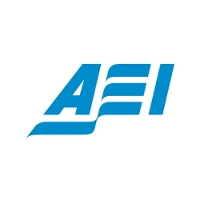How Technology Can Transform the Higher Education Accreditation Process and Drive Continuous Improvement at Colleges and Universities
Alison Griffin
September 4, 2025
Key Points
The higher education accreditation system relies on infrequent, resource-intensive reviews that occur every five to 10 years, often creating lags in identifying and addressing quality concerns at colleges and universities.
Recent federal policy proposals—including the April 2025 executive order “Reforming Accreditation to Strengthen Higher Education”—create an opportunity to modernize accreditation through technology-enabled continuous monitoring, which could improve transparency for consumers while reducing the regulatory burden on institutions.
Leading sectors including health care and financial services have demonstrated how real-time monitoring can enhance quality assurance and accountability—a proven approach that the higher education sector could consider.
Technology-enabled platforms that support continuous accreditation review processes, carefully designed pilot programs, and uniform data standards could provide students and families with more reliable, up-to-date information about institutional quality while giving policymakers better tools to ensure taxpayer dollars support educational outcomes.


